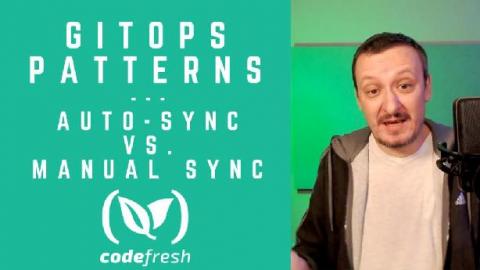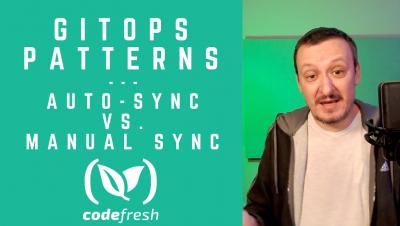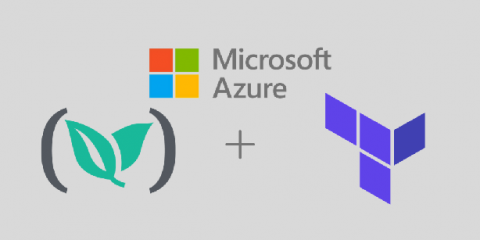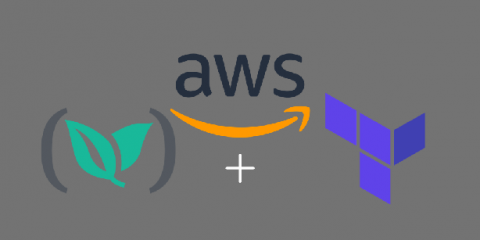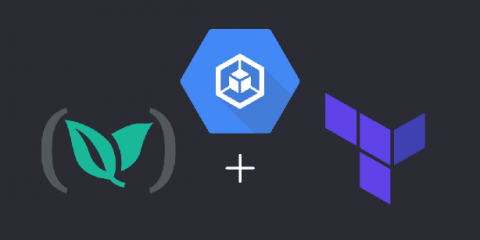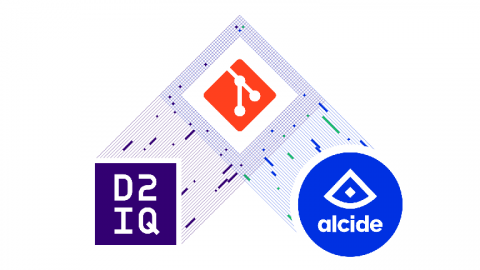Operations | Monitoring | ITSM | DevOps | Cloud
GitOps
The latest News and Information on GitOps and related technologies.
GitOps Patterns - Auto-Sync Vs. Manual Sync
The conversation usually starts with a question like “should we let ArgoCD/Flux/whatever synchronize the actual state automatically whenever the desired state changes in Git?” Truth be told, the question is usually not that elaborated, and it is more like “should I enable the auto-sync feature?” But, I wanted to save you from follow-up questions that help me better understand what that means, so I gave you a more extended and more precise version of the inquiry.
GitOps Patterns - Auto-Sync Vs. Manual Sync
Implementing GitOps on Kubernetes Using K3s, Rancher, Vault and ArgoCD
As Kubernetes continues to establish itself as the industry standard for container orchestration, finding effective ways to use a declarative model for your applications and tools is critical to success. In this blog, we’ll set up a K3s Kubernetes cluster in AWS, then implement secure GitOps using ArgoCD and Vault. Check out the source for the infrastructure and the Kubernetes umbrella application here.
Applying GitOps And Continuous Delivery (CD) On Infrastructure Using Terraform, Codefresh, And Azure Kubernetes Service (AKS)
There are many articles and videos about practicing Continuous Delivery (CD) with applications, but not nearly as many for infrastructure. The same can be said for GitOps applied to infrastructure. That is a bit strange given that applications and infrastructure are almost the same today. Both are defined as code, and everyone stores code in Git repositories. Hence, GitOps is just as good of a fit for infrastructure as for anything else.
Applying GitOps And Continuous Delivery (CD) On Infrastructure Using Terraform, Codefresh, And AWS Elastic Kubernetes Service (EKS)
There are many articles and videos about practicing Continuous Delivery (CD) with applications, but not nearly as many for infrastructure. The same can be said for GitOps applied to infrastructure. That is a bit strange given that applications and infrastructure are almost the same today. Both are defined as code, and everyone stores code in Git repositories. Hence, GitOps is just as good of a fit for infrastructure as for anything else.
Applying GitOps And Continuous Delivery (CD) On Infrastructure Using Terraform, Codefresh, And Google Kubernetes Engine (GKE)
There are many articles and videos about practicing Continuous Delivery (CD) with applications, but not nearly as many for infrastructure. The same can be said for GitOps applied to infrastructure. That is a bit strange given that applications and infrastructure are almost the same today. Both are defined as code, and everyone stores code in Git repositories. Hence, GitOps is just as good of a fit for infrastructure as for anything else.
GitOps with Relay
The emergence of GitOps has been an interesting and important recent development in the Infrastructure as Code (IaC) space.
Rancher 2.5 Embraces GitOps at Scale with Rancher Continuous Delivery
The ability of Kubernetes to easily deploy and manage containerized software has given organizations tremendous capabilities in their cloud services, with clusters multiplying into the hundreds or thousands and extending out to the edge for any number of purposes. But its growing popularity has also led to challenges in managing complexity in an environment that is conducive to cluster sprawl.
GitOps: Progressive Deployment and Security with D2iQ Dispatch and Alcide Advisor
GitOps has been around for quite some time now and continues to pique developer interest when it comes to driving operation tools. This technology-agnostic model embraces operations best practices, using Git as a single source of truth for declarative infrastructure and applications.The term GitOps for this operating model is now an industry standard and has rapidly made a name for itself among the Kubernetes and cloud-native communities.



